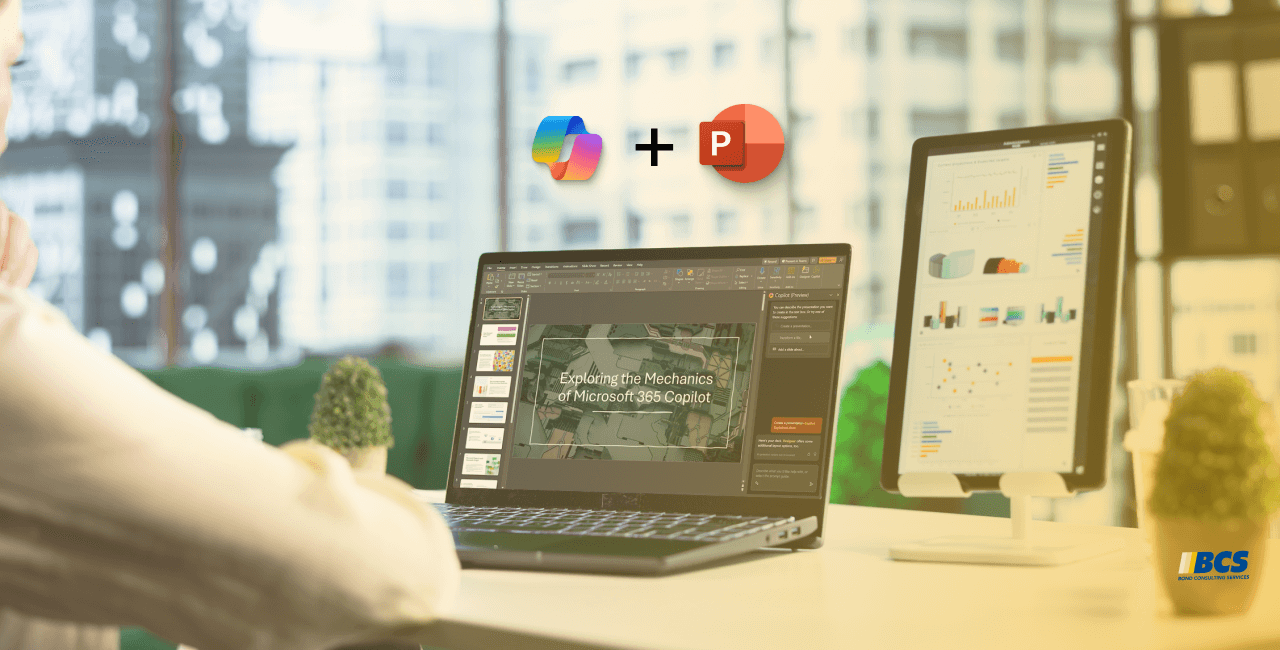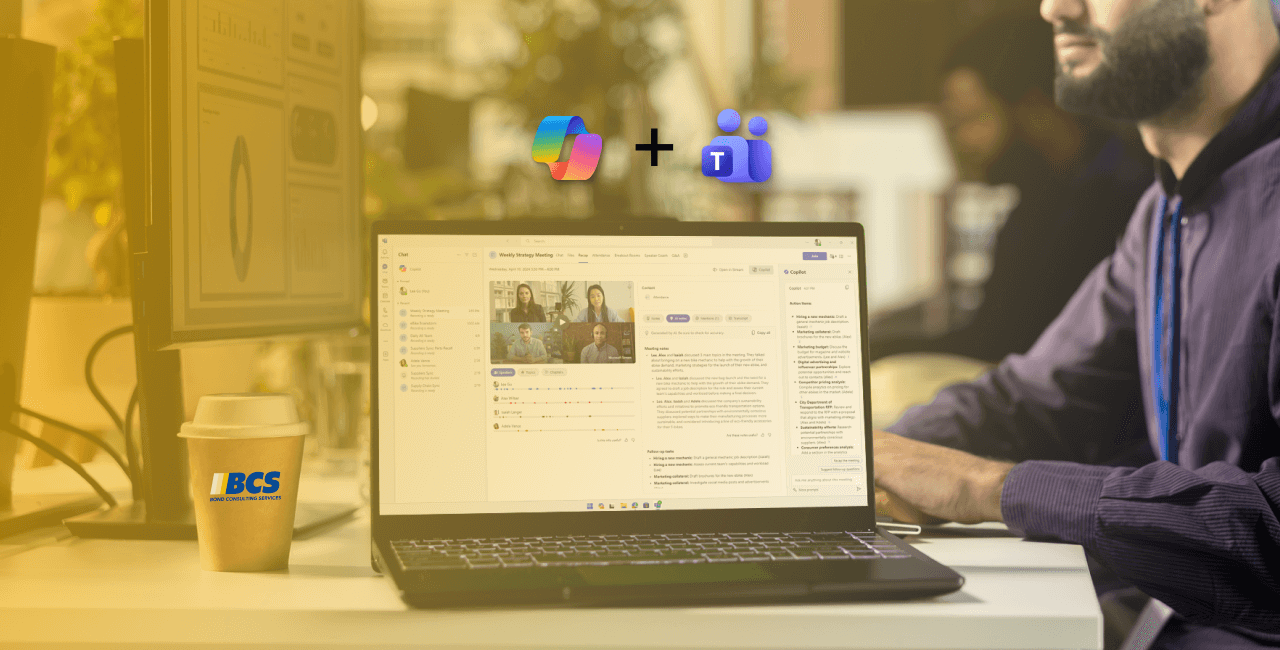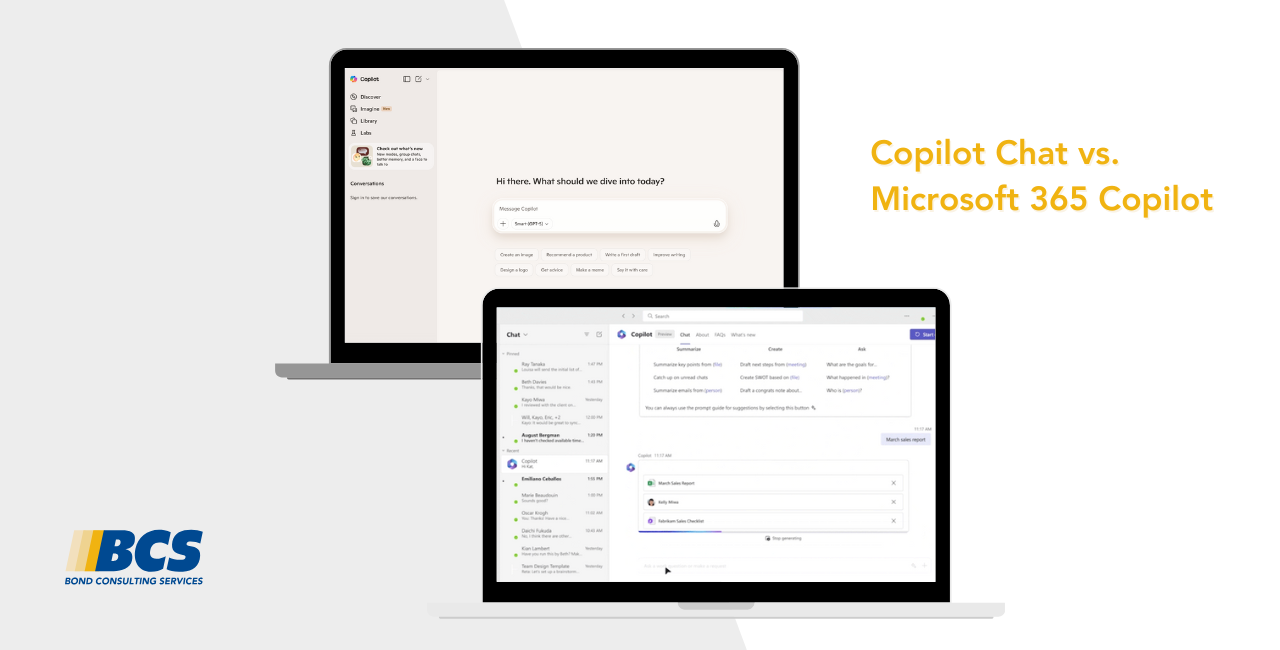Use tax, the lesser known counterpart of sales tax, suffers from a basic lack of PR. Buyers and sellers alike pay it no mind. Despite 27 states having a dedicated line item in tax returns for reporting use tax owed, only 2% of taxpayers actually report it. This has left the states with a $23 billion deficit annually in uncollected use tax.
It’s much harder to enforce use tax compliance on individuals, so states look to businesses to close this gap. The propensity for companies to overlook use tax makes it an easy target for auditors. In fact, state auditors say it’s the number one audit risk for businesses. Don’t get caught with your compliance down. This quick rundown of the basics will get you up to speed and on task.
What’s in a name?
There are two types of use tax: sellers use tax and consumer use tax. As a best practice, you should familiarize with both, however, of the two, consumer use tax typically causes businesses the most trouble. Blame it on the name. The trick with consumer use tax is that the consumer isn’t always an individual; sometimes it’s a business or even the seller that owes the tax. Consumer use tax is owed on any taxable purchase where sales tax wasn’t collected at the time of the transaction. If you didn’t pay sales tax (or you paid a lower sales tax rate than your state charges) for taxable products or services you used in your business, you are obligated to pay consumer use tax.
All 45 U.S. states that have sales tax also have use tax. The two rates are often the same, but not always. Despite a federal law that says use tax rates can’t exceed sales tax rates, some jurisdictions still impose higher use tax rates on certain transactions, for example in Alabama. Even if you know the sales tax rates in the jurisdictions where you collect and remit sales tax, you should also confirm the correct use tax rates to ensure compliance.
Owe or no?
Like sales tax, certain exemptions also apply to use tax. One of the most common is manufacturing equipment. Typically, use tax is not due on equipment used to manufacture other goods. But the distinction can be very specific and varies by state. So it’s important to look at these exemptions carefully before applying them. Keeping track of these exemptions – and any changes to them – can be difficult, however, especially if you do business in multiple states or jurisdictions.
Getting buy in
Certain states require remote vendors to notify customers of use tax obligations. Oklahoma and South Carolina, for example, require use tax notices on websites, catalogs, and invoices. North Dakota extends this to purchase orders and packing slips. Colorado requires remote retailers to submit a detailed report annually to the Department of Revenue of all in-state customers and sale, an unfavorable compliance burden that led to a lawsuit.
What’s the Use of Use Tax? Five Tips for Consumer Use Tax Compliance.
As a business, your obligations around consumer use tax can be difficult to manage. Get perspective by reading What’s the Use of Use Tax? Five Tips for Consumer Use Tax Compliance. This paper provides best practices for compliance including sound rationale for automation – something that can easily be done in your ERP, accounting or ecommerce system with software like Avalara AvaTax. READ NOW
Register for our webinar: Be Prepared with Sales Tax CPR
Webinar: Be Prepared with Sales Tax CPR w/Avalara
Date: Tuesday, April 19, 2016
Time: 10:00 a.m. (PT)
Register Now
This article was originally published by Avalara.











